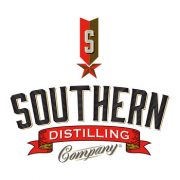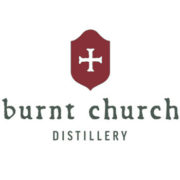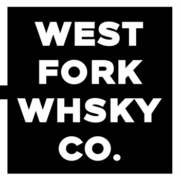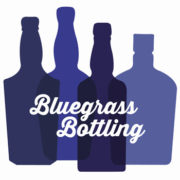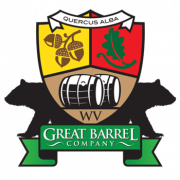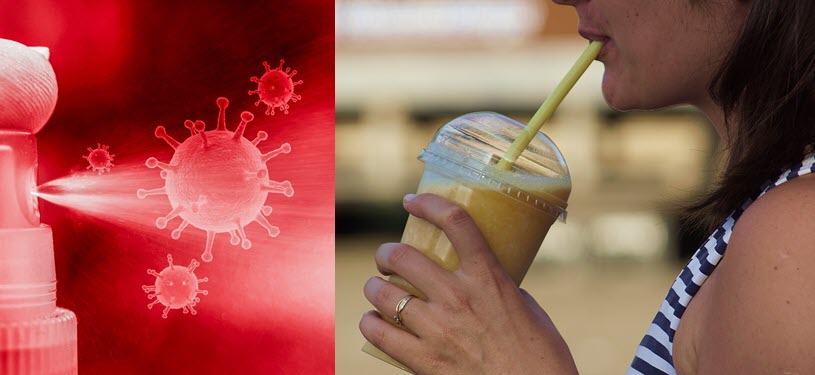
With no end in sight the global Covid-19 pandemic will have long lasting effects on many aspects of our lives for years to come. In the case of beverage alcohol consumption the pandemic has really shifted how, where, when and what consumers are indulging in when it comes to adult beverages.
Drinks Market Analysis firm IWSR has released a comprehensive Global Trends Report that examines the drivers and disruptors shaping the alcohol industry. The report is compiled from IWSR analysts’ extensive local market expertise, along with on-the-ground insight from their expansive global network of in-market industry stakeholders. The annual report has identified several key macro trends to watch. Here is a summary of some of those trends headed our way.
Sophistication and Premiumization
The search for authenticity and status, enabled by consumer knowledge and spending power is expected to continue.
- Premium Spirits – Premium-and-above spirits are forecasted to increase their global volume market share to 13% by 2024 as consumers continue to favor quality over quantity, including cocktails and high-end sipping spirits.
- Premium vs. Volume – By value, China is the world’s largest premium-and-above market for wine and spirits, although, by volume, the US trails it closely.
- In both countries, premium-and-above brands are forecasted to increase their volume market share by approximately one percentage point between 2019 and 2024, as the premiumization trend continues to influence market developments.
Evolving Traditions
Generational shifts in consumer behavior encouraged by globalization or emerging as a reaction against Covid-19.
- Local products and experiences – accelerated by travel restrictions and closed borders during the pandemic – will continue to gain popularity as consumers rally behind symbolic and job-sustaining producers.
- Outdoor Dining and Ready to Drink (RTD) Beverages – Adapting to bar and restaurant outdoor dining restrictions and closures has forced consumers – especially among younger LDA generations – to form new drinking habits that will likely persist into the future, with portable/convenient beverages such as canned wine and RTDs well-poised for this.
- Premium Tequila and Apertifs – Spirits categories that are expected to continue to ride the globalization trend include premium-and-above tequila (which has grown 15% year-on-year between 2015-2019), and spirit aperitifs (which after the Covid-19 slump, due to on-trade closures, should return to healthy growth by 2021, with volumes increasing by almost 16% from 2019 levels).
Health and Ethical Consumption
Increasing focus on personal health and wellness, and the impact of choices on the environment and society at large are expected to have an impact.
- Health Conscious Drinking – Health-conscious drinkers generally adopt a policy of moderation, cutting back in volume or reducing occasions. These consumers are likely to trade up to a higher quality drink or one they perceive as healthier when they do choose to drink. Regular drinking occasions are also changing, thanks to the growing profile of better low- and no-alcohol alternatives.
- Low to No-Alcohol – In the top countries for low- and no-alcohol products, no-alcohol beer is set to grow its share of the beer category to 4.45% by 2024, as sober and moderating consumers embrace newly improved products across a wide range of occasions.
- Organic and Sustainable – The top organic wine markets as of 2019 are Germany, France, the UK, the US, Sweden and Japan. Here and elsewhere, broad consumer-and state-led shifts toward health and/or sustainability are likely to continue in the wake of the Covid-19 pandemic. This will have implications for the whole beverage alcohol industry, from production and packaging to distribution and administration.
Stay Informed: Sign up here for the Distillery Trail free email newsletter and be the first to get all the latest news, trends, job listings and events in your inbox.
The new “IWSR Global Trends Report 2020” includes a detailed analysis of more than 20 major world markets, as well as global category outlooks and future trends for wine, beer, spirits, cider, and RTDs. The far-reaching report also contains case studies and specific recommendations on how brands and companies can successfully navigate the changing beverage alcohol landscape post-Covid-19. The six key macro trends analyzed in the report are: Digital and Ecommerce; Sophistication and Premiumization; Evolving Traditions; External Pressures; Health and Ethical Consumption; and Social Drinking Experiences.
“From mastery of the ecommerce channel and at-home consumption, to futureproofing the production and distribution chain, to aligning with lifestyle choices and consumer experiences, beverage alcohol brands are wise to identify and understand macro trends taking place right now in the industry, to ensure longevity and success post-Covid,” says Mark Meek, CEO of IWSR Drinks Market Analysis.
“That’s why it’s so important for us at IWSR to not only track and analyze data, but to identify what those numbers are telling us as well.”
Please help to support Distillery Trail. Sign up for our Newsletter, like us on Facebook and follow us on Instagram and Twitter.

